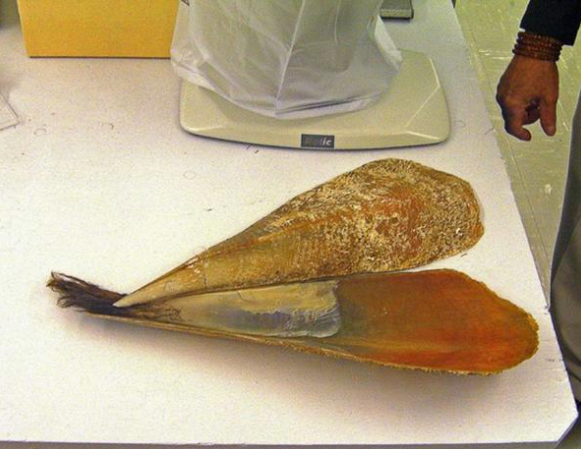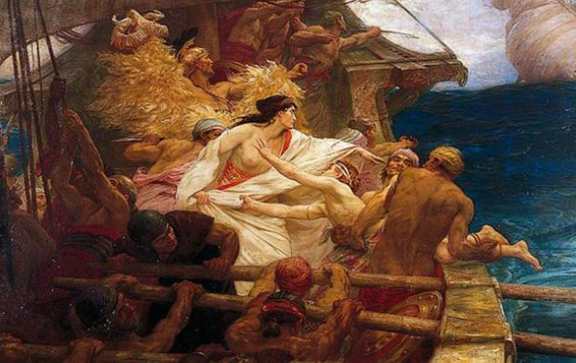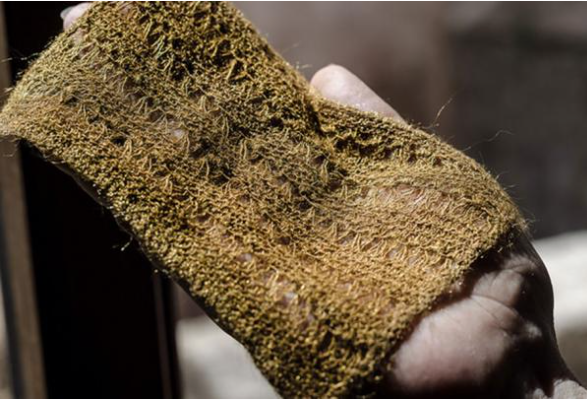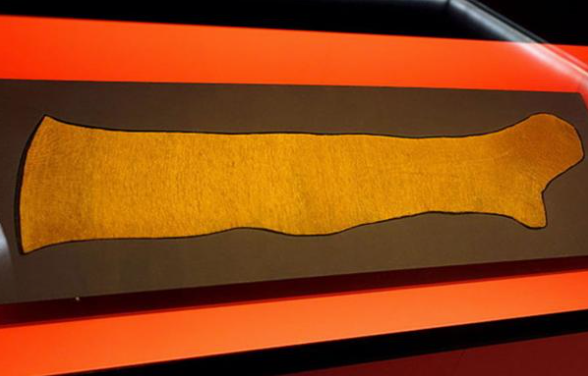
The secret to creating sea silk, a highly valuable fabric, is only known by one woman who is still alive. While mulberry silkworm larvae’s cocoons are the well-known source of silk, sea silk is derived from a particular kind of Mediterranean clam called the pen shell. Like ordinary silk, sea silk is an opulent commodity that very few people will ever get to view or handle. Its production is a vanishing craft; with the death of master weaver Chiara Vigo, the age-old custom of making sea silk will also perish.
Sea silk manufacturing is believed to have originated in antiquity. The byssus, or bundle of filaments secreted by some species of bivalves to adhere to a solid surface, must first be harvested from pen shells, namely Pinna nobilis, also referred to as “noble pen shell,” in order to make this opulent object.

Before being used for weaving or needlework, the byssus must be cleaned and spun into threads. The end product is a substance that has a golden sheen when exposed to light. Sea silk’s gold-like quality is one of the things that made it so popular with the wealthy and influential of antiquity. It should be mentioned that sea silk is prized for being incredibly light.’
Many ancient cultures are known to have treasured sea silk. For example, it is reported that the rulers of Mesopotamia possessed robes woven of sea silk. It has also been asserted that the Greeks, Romans, and Egyptians of antiquity were aware of sea silk. Furthermore, historical books might have made reference to this information. For example, it has been noted that the term “byssus” occurs up to 45 times in the Old Testament.

However, in certain cases, the “byssus” most likely refers to other kinds of cloth, such silk, linen, or cotton. There have also been suggestions that some mythological items might really be made of sea silk. For example, this is one interpretation of the Greek story of Jason and the Argonauts’ Golden Fleece.
Coming full circle to the present, one could argue that the age-old custom of making sea silk is all but gone. A woman named Chiara Vigo is preserving the sea silk heritage on the island of Sardinia. Although there are still a few women in Apulia who are thought to be skilled sea silk weavers, it has been asserted that none of them are able to manufacture fabrics that are up to the caliber of Vigo’s goods or gather the raw materials themselves.

Vigo claims that Berenice of Cilicia, a member of the Herodian Dynasty and the great-granddaughter of Herod the Great, brought the knowledge of producing sea silk to Sardinia. Traditionally, the family’s ladies would pass this expertise down to the following generation. Vigo’s grandma, for example, taught her how to make sea silk.
While sea silk was once made for the wealthy and powerful, Vigo now mostly weaves it for the destitute, the impoverished, and the homeless. Moreover, Vigo’s sea silk is not available for purchase. According to reports, some sea silk weavers have tried to turn their talent into a company by producing sea silk on an industrial scale in the past. But these kinds of attempts have never worked.

Vigo is attempting to preserve the vanishing art of sea silk manufacture by training select individuals how to weave this material. She also hopes that her daughter would follow in her footsteps and carry on this age-old custom for future generations.
Top photo: A hand clutching a sea silk. By Luigi Garavaglia in picture
